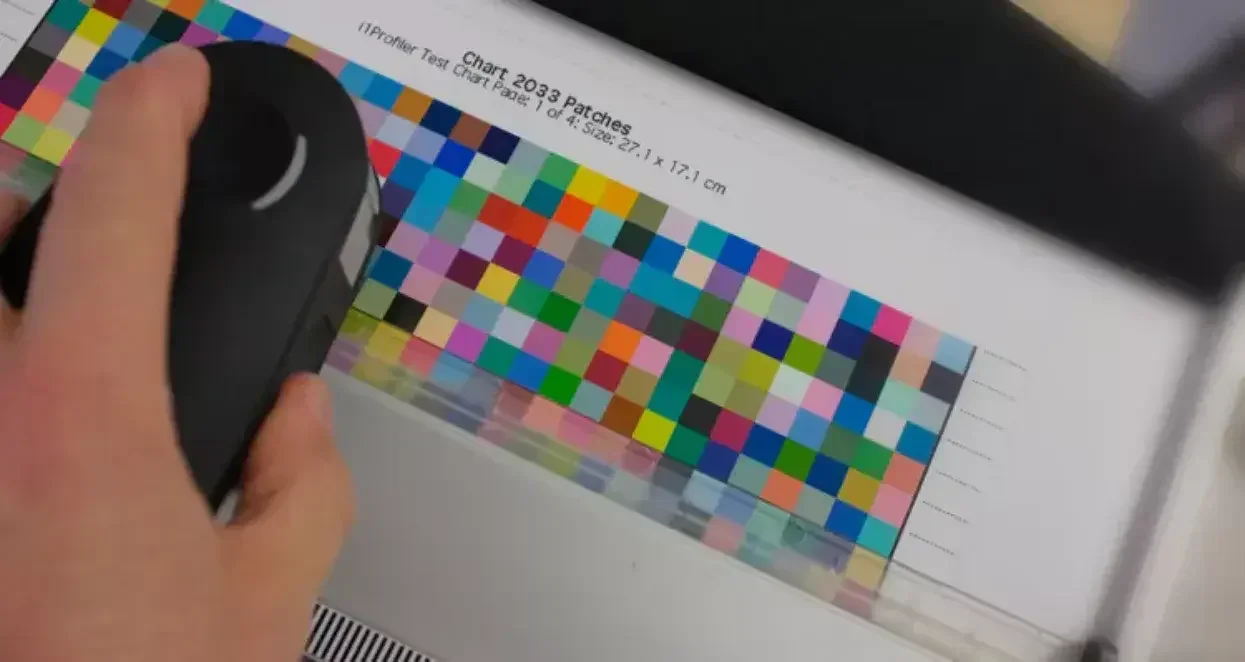Colour Management
Solving the spectrophotometer dilemma
Author
FESPA Staff
Published Date
15/10/2018
Become a FESPA Member
to Continue Reading
